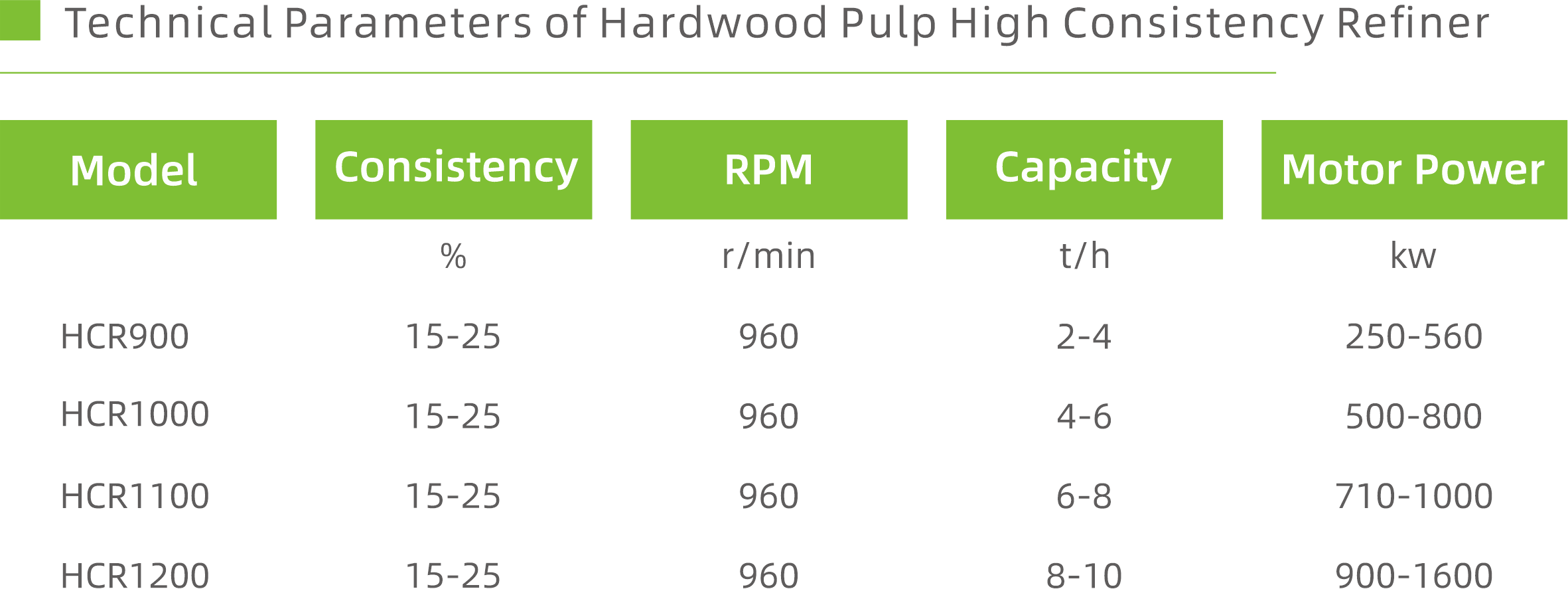
The refining process is recognized as the "heart" of the papermaking process. Fiber binding properties, paper strength, and other properties which depend on the quality of the pulp produced by the refining process. One of the important elements that determines the refining
effect is to choose the right plates. For the same refining strength and refining energy, different tooth shapes will result different fiber treatment effects.
No-Hollow Grinding Plates invented by Genda are specially developed for medium or high consistency pulp. We specially developed a series of tooth shapes for medium and high consistency refining to adapt to different pulps.
The No-Hollow Grinding Theory refers to the research conclusions of an empty grinding phenomenon due to the different thicknesses of the surface layer of conventional grinding plates.
When pulp enters the tooth gap from a small radius in the grinding disc and moves to a large radius, pulp layer keeps getting thinner from the inside to the outside. The phenomenon of empty
grinding occurred. The larger the radius of the grinding disc, the more serious the empty grinding of the tooth surface, which reduces the efficiency of the grinding.
Our patented grinding disc is based on the research on the phenomenon of empty grinding, using the principle of fluid dynamics, we have designed a tooth structure of the grinding disc to prevent the phenomenon of empty grinding, In this way, the thickness of the pulp layer on the entire disk surface is consistent during refining, which greatly improves the refining efficiency.
Tissue paper
OCC
Core Board
Container Board
Kraft line
Sack Kraft
Packaging Paper
CTMP, Mechanical Pulp & Semi-chemical Pulp
